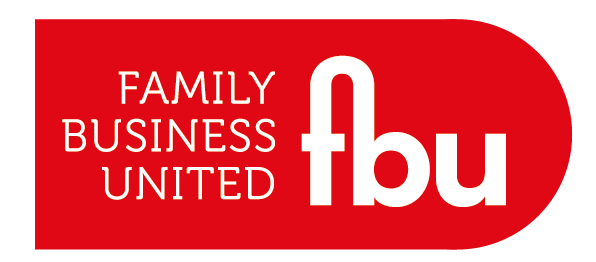Welcome to part 1 of a 7 part mini-series!
Each week this will bring you one short sharp conflict resolution article. They will be a quick read, and the series will build week by week. Topics are as follows:
Week 1: Poor Communication
Week 2: Different/Clashing Personalities
Week 3: Negative Attitudes Towards Change
Week 4: Unclear/Conflicting Roles
Week 5: Team Psychology - Forming to Performing
Week 6: Leave Emotion and Personal Feelings Behind
Week 7: Repairing a Relationship After Conflict
Before we start:
It is important to accept that although conflict is uncomfortable (especially for us confrontation hating Brits), workplace conflict is common and cannot always be avoided.
According to Forbes, leadership and conflict go hand in hand. It is your job as a leader to embrace (rather than fear) conflict as it cannot be escaped. ‘Unresolved conflict often results in loss of productivity and creativity, and creates barriers to co-operation and collaboration. Good conflict resolution ability leads to good employee retention’. Therefore, a successful company is one that resolves conflicts quickly, thoughtfully and in the right way.
Leaders need to know how to resolve conflict and so do employees.

It is easy to ‘bury our head in the sand’ in the hope that the storm will pass, however it is important to deal with conflict head on. But do not fear! Although there are a large number of reasons conflict can occur in the workplace, we are going to focus on some common causes and suggest ways to combat them.
Week 1: Poor Communication
This week's focus is poor communication
Communication is a two way street. Therefore, as a leader you should allow your team to communicate with you. One way you can do this is to encourage feedback. e.g. ask them 'how do you think I could do better at X next time?' or 'what do you need from me for this project?'.
I was talking to a CEO this week, who had just received his first 360 review. He was absolutely astonished to hear that his team all thought he was grumpy. He thought he was A1! It turns out turning up on the phone, and shutting the office door only to exit into the board room, left them feeling he was stressed, and distracted. He needed to learn to arrive with a hello! Such a simple thing, and feedback so useful to hear.
Be transparent and build trust with your team and ensure they know they can also be transparent with you.
According to Harvard Business Review, studies also show that most mergers and acquisitions don’t fail because of conflict, they fail from the “organisational silence” due to the fear of conflict. Silence can only be broken by talking about things, to communicate more to break critical silences!
It is important to have a mix of formal and informal communication.
Informal communication helps to build relationships. Show an active interest by asking questions when talking to others. It does make people feel special if you remember to ask about, for example, their hobby or family.
Formal communication avoids a lack of communication and improves clarity. What do you need from your team and what do they need from you? Do they have all the tools and information they need to do the best job possible? Leave no room for misunderstanding: ambiguity creates mistakes and mistakes create conflict!
Communication needs to cross boundaries in the organisation. We have all experienced times where projects fail or are negatively affected by gaps in communication between departments. It is assumed that important information will be passed on to the rest of the team, so when this doesn't happen as there is no process or follow up, it feels like a real *face-plant moment*. It could so easily have been avoided.
To solve this, there should be a solid and agreed process in place to ensure that information is passed to the right people at the right time. At the end of a meeting, it should be agreed who is responsible for circulating the information and when by. Then, if the information has not been received by the deadline, this can be chased up directly with the person responsible. At a major client, a change in sales price was not passed to the on the road sales team: havoc ensued!
This is hard to get right, so work hard at it.
It is vital to communicate immediately when conflict arises, do not leave it to stew and damage relationships. Work quickly to get to the source of the problem and find a solution that works for all and then communicate this to all relevant parties.
As a leader you should (literally) lead by example. Teach your team to improve communication and to be honest with one another by doing this yourself. Help to create the culture you want and that is best for the company. Good luck!
For more on communication and conflict, read this: https://www.workzone.com/blog/team-communication/
Thanks for reading! Come back next week where we will discuss how different personalities can cause conflict at work and what you can do as a leader to combat this.
If there are other topics within conflict resolution that you would like us to cover, please let us know in the comments.


.jpg)

